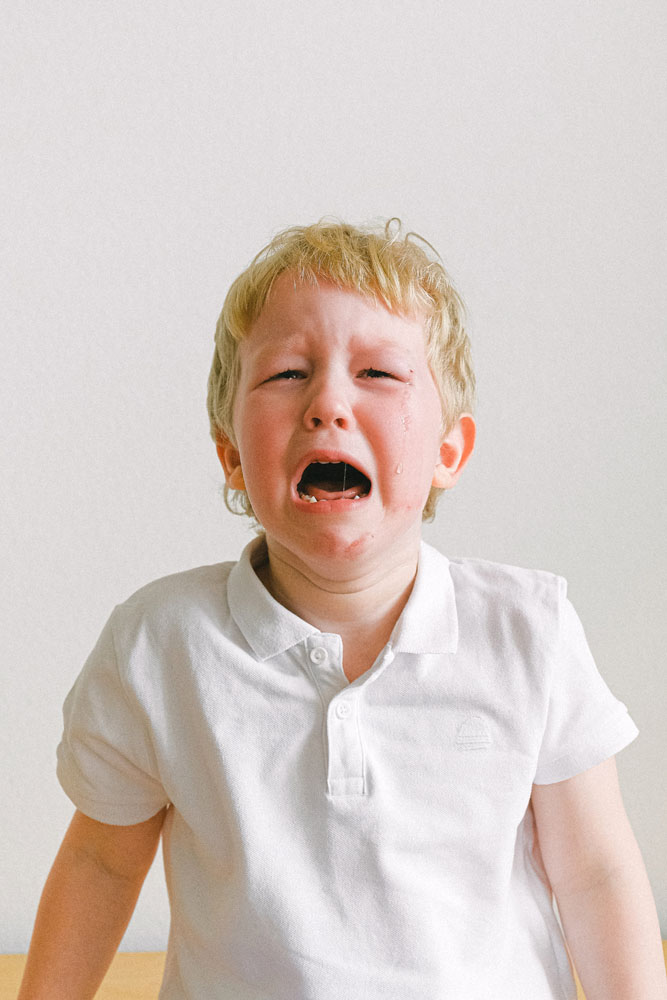Short description of the topic
The activity is carried out in pairs. Both participants take on the role of a photographer and subject. The objective of the activity is capturing various emotional states, such as happiness, sadness, surprise, etc.
Learning outcomes
-
Competencies
- Social competences: identifying and expressing emotional states, growth, and enrichment of communication skills
- Visual competence: finding different and new perspectives/points of view, visual expression building
-
Target group
4 years and up- Work in pairs
Small groups
- Work in pairs
-
Required materials
- Camera
- Computer
- Printer
-
Materials
- Portrait photographs in various emotional states

Download
(.pdf 259.74 KB)
Description of the activity (step by step)
Preparation:
First, look at the sample portrait photographs together in a group and discuss different emotions, positive and negative alike. Ask the participants about their emotional experiences: recognizing, experiencing, and reliving.
Implementation:
Divide the group into pairs. Each pair finds a suitable place for undisturbed photography. The photographer decides about the emotional expression of the model. The photographer guides and gives suggestions to the model in the process of creating an emotional mood. In their activity, each pair tries to cover the essential components of the emotional spectrum: happiness, sadness, anger, surprise, disappointment, etc. In his or her role as a photographer, the child uses various angles and perspectives at its own discretion. The number of photographs may vary. The pairs are autonomous at work. Once the participants judge that they exhausted their roles (the photographer and the model, respectively), they switch. In the next step, the teacher gets actively involved. Record the authorship of the photos, save them on the computer in the appropriate files, and then create a selection to review and comment.
Reflection:
After the activity, the pairs dissolve and form into a single group. Following your initiative, the participants then comment on the recorded material and try to relive their experiences with the creative process.
Variations and additional ideas
The participants may enrich their creative process by bringing with their family photographs. Ask the child to explain the circumstances in which the photographs were taken and how he or she perceives and relives them.
Background information and didactical perspective
Emotions are the central building blocks of human communication. Not only we must know how to express our emotions. We should also be able to recognize and, where necessary, process them. Children with behavioral disorders must be aware that they share the same emotional language with other children. The latter should see this as a good opportunity for multi-layered interaction and integration.
Experience from kindergartens:
Most children had no difficulty describing emotional states of people in the photographs. Some children, in addition to describing emotional states, also described their assumptions as to why the person in the photo is happy, sad, angry, scared. Many times, the children remembered how they felt at various events at home.
The children enjoyed both photographing a peer who illustrated emotional states as well as the role of a model depicting emotional states. During the activity, “photographers” and models laughed, inventing various body positions and making grimaces on their faces.




















